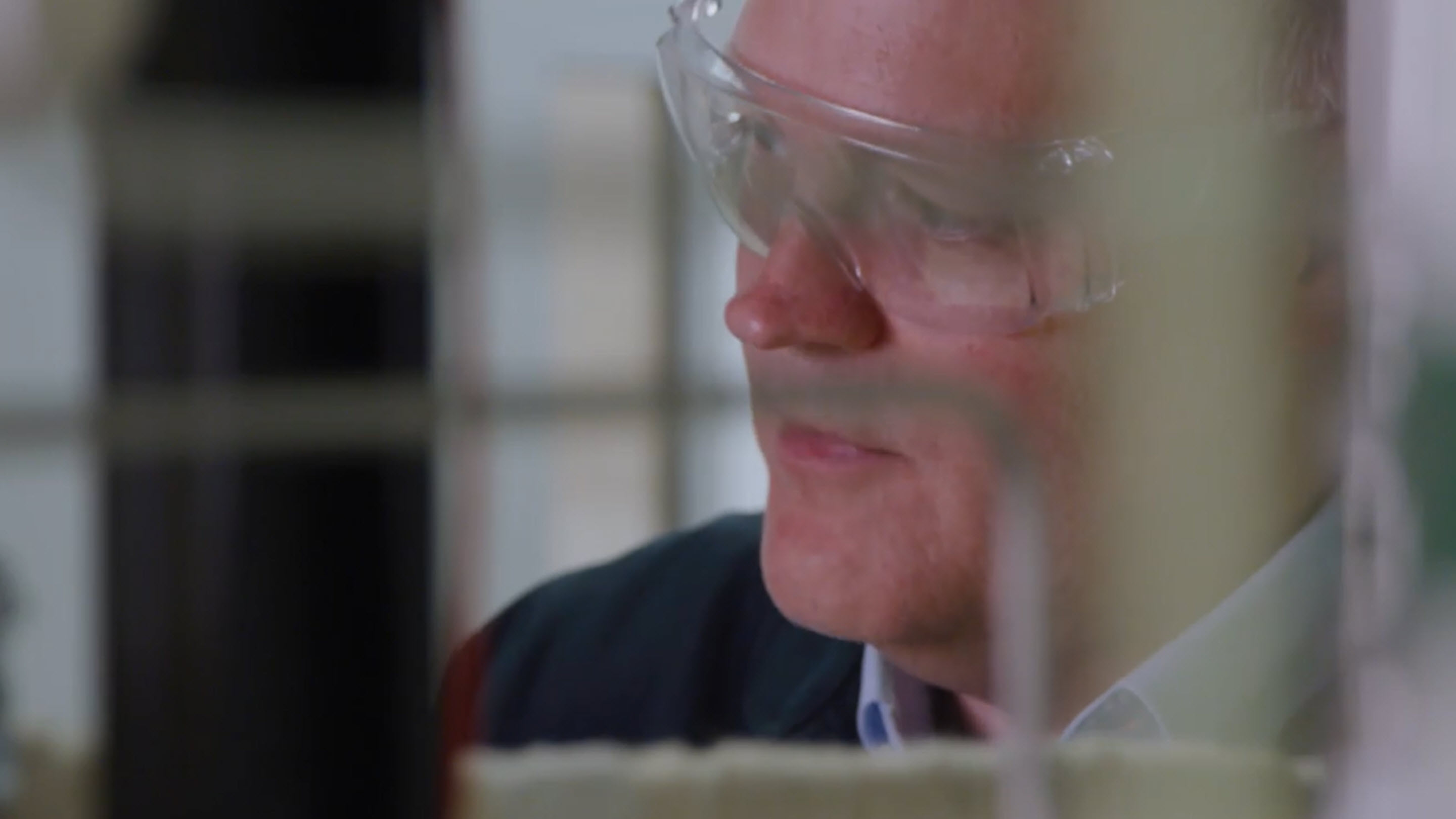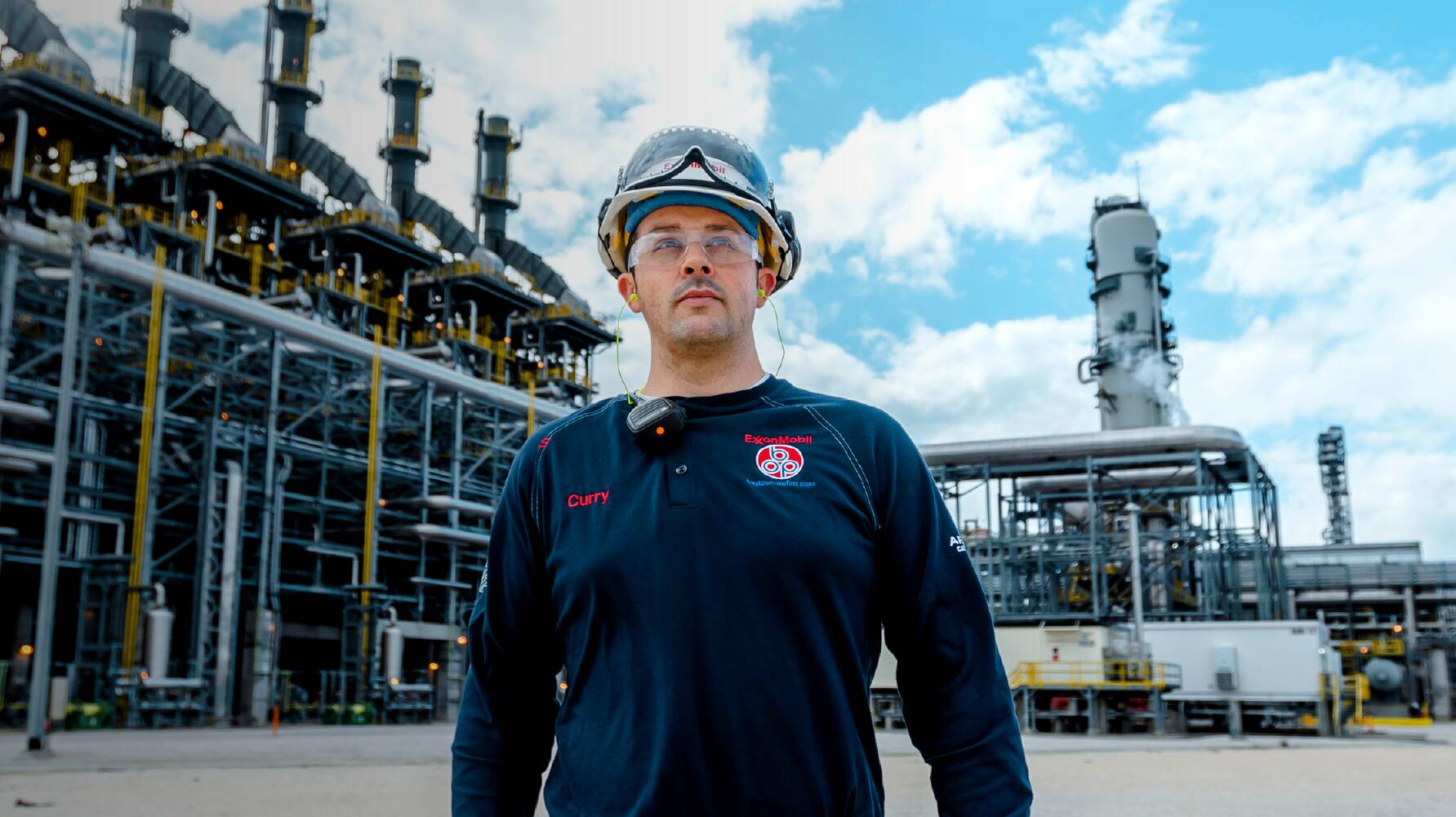delivering industrial solutions
Hydrogen
Scaling up production of low-carbon hydrogen
Latest news and information
5 min read
• Nov. 17, 20253 min read
• May 8, 20253 min read
• Jan. 23, 20252 min read
• Nov. 13, 20244 min read
• Sept. 4, 2024What do I need to know?
-
Energy sector needs
“There are applications in the energy sector that require high energy density. Think long distance trucks, ships, heavy industry, steel, chemical production, cement. These applications will continue to need high energy density fuels and are unlikely to be electrified very easily. So, this is where we need a low-carbon fuel source like hydrogen.” - Bryan Chapman, Energy Sciences Principal, ExxonMobil
-
Hydrogen facility at Baytown
To further support our ambitions for net zero Scopes 1 and 2 greenhouse gas emissions across major operated assets by 2050, we are planning a world-scale blue hydrogen plant at our integrated refining and petrochemical complex in Baytown, Texas. The new plant could generate up to 1 billion cubic feet of hydrogen per day, delivering low-carbon fuel to the Baytown olefins plant and other Houston-area facilities.
Behind the technology
Low Carbon Solutions








